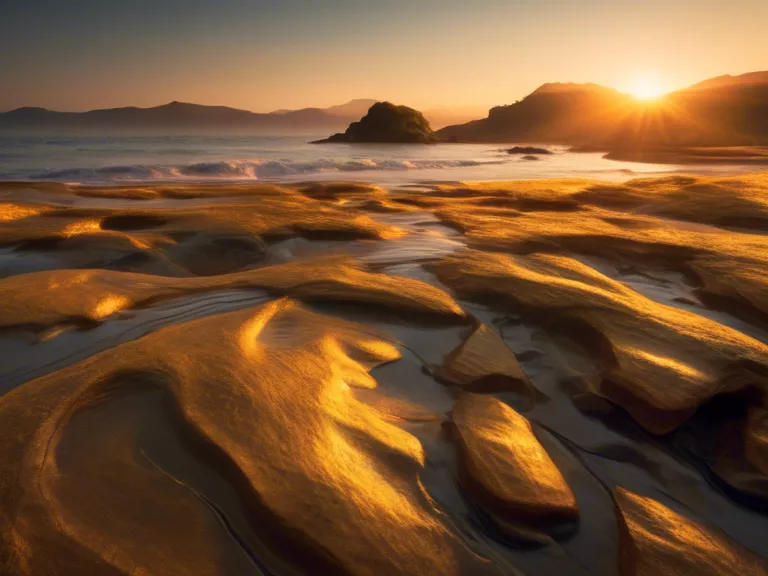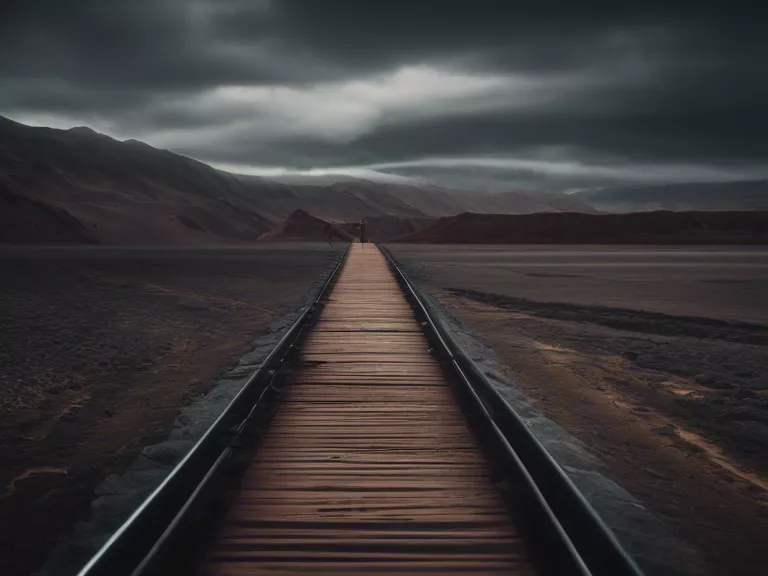
Long exposure photography is a versatile technique that allows photographers to create artistic and creative effects in their images. By mastering the use of long exposures, you can capture stunning light trails, smooth water surfaces, and surreal motion blur. Whether you're a beginner or a seasoned photographer, here are some tips to help you master long exposure photography for creative effects.
Use a tripod: One of the key elements of long exposure photography is stability. To avoid camera shake and ensure sharp images, use a sturdy tripod to keep your camera steady during long exposures.
Shoot in manual mode: Manual mode gives you full control over your camera settings, allowing you to adjust the exposure time, aperture, and ISO according to your creative vision. Set a slow shutter speed to capture the desired effect in your long exposure shots.
Use a remote shutter release: A remote shutter release helps you avoid camera shake when pressing the shutter button, especially during long exposures. This tool allows you to trigger the camera without physically touching it, resulting in sharper images.
Experiment with different subjects: Long exposure photography is not limited to capturing light trails or flowing water. Experiment with different subjects like moving clouds, cars on a highway, or people walking to create unique and interesting effects in your photos.
Post-processing: After capturing your long exposure photos, don't forget to enhance them in post-processing. Adjust the contrast, saturation, and white balance to bring out the best in your images and make them stand out.
By following these tips and practicing regularly, you can master long exposure photography and create stunning images with creative effects that will captivate viewers.



